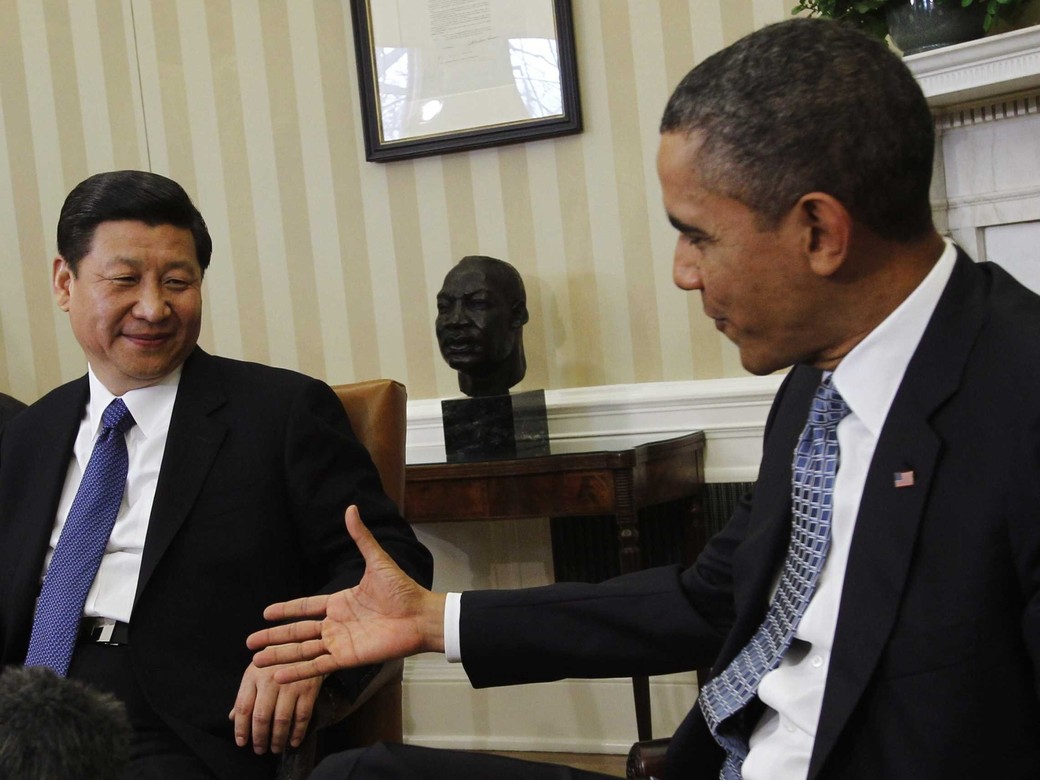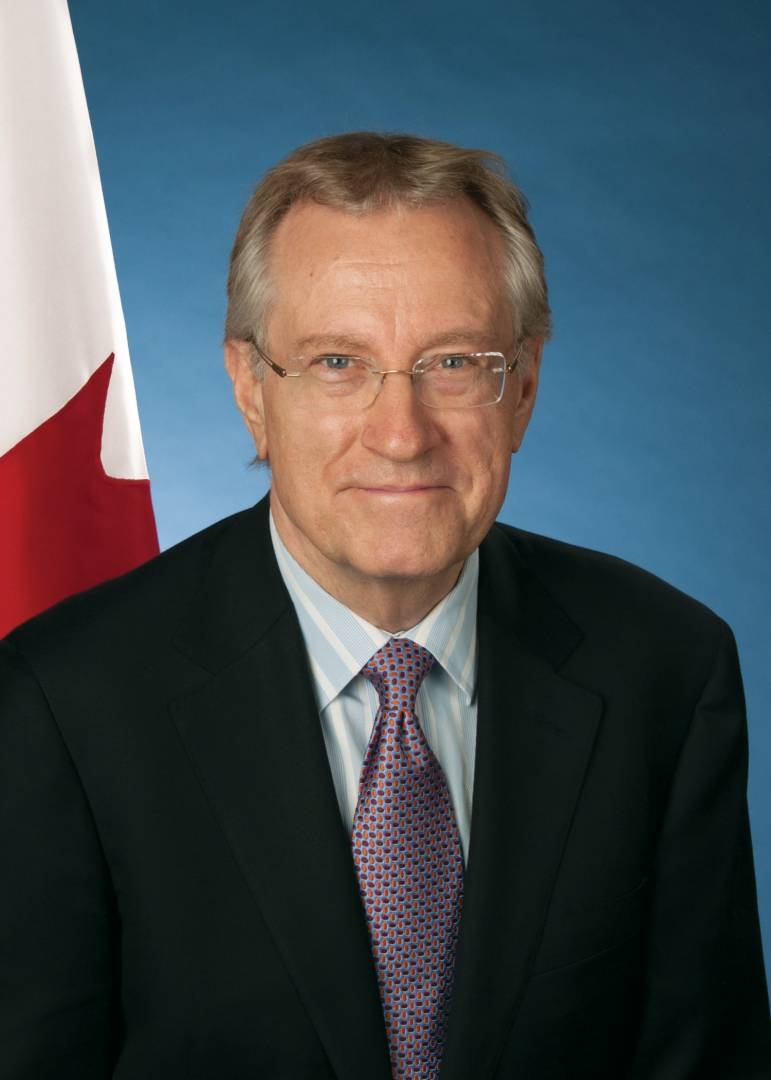
U.S. and China: Capping Economic and Environmental Controversy
The United States and China, which are liable for more than one-third of global greenhouse gas-emissions, have agreed to get a handle on pollution. But concerns of potential business restrictions, tax increases, job cuts and inefficiency in planning have created political controversy.
The arguments focus on longevity, healthcare costs and sustaining global natural and renewable resources versus the sensibility of the agreement and the impact on the economy.
A meeting in November between U.S. President Barack Obama and Chinese President Xi not only landmarked a breakthrough in the U.S.-China rapport, but has finalized an agreement of goals to initiate and lead global followers. The objective is to surface a multi-national treaty at The United Nations Climate Change Conference in Paris, France, in 2015.
Finalizing two days of meetings between Obama and Xi on Wednesday, November 12, 2014, was a public announcement of the emissions agreement from the Great Hall of the People in Beijing.
 “If China and the United States can work together, the world benefits,” Obama affirms.
“If China and the United States can work together, the world benefits,” Obama affirms.
China and the United States maintain the world’s largest economies, and trump all others’ per category on the GDP. Currently in China, a new coal plant develops every 8-10 days. The cost of mortality in China, from air pollution is 10 per cent of the GDP. Pursuing change will aid to reform public health overall.
An academic journal, Global Commission on The Economy and Climate published in the report, ‘Better Growth, Better Climate,’ suggests there is a need to strengthen resilience to climate change and build a relationship between economic growth and positive climate action.
The United States promises decreases in greenhouse-gas emissions by twice the existing target–26 to 28 per cent below 2005 levels by 2025. The intent is to reach 17 per cent below 2005 emissions levels by 2020. And the U.S. has made a national commitment to decrease emissions by March 2015.
According to the Office Of The Press Secretary of the White House, China agrees to increase non-fossil fuel share of energy production to 20 per cent by 2030. China also promises to target a cap on carbon emissions, which have been rising steadily. The aim is to begin reducing emissions by the year 2030.
The necessary changes will begin in 2016, adhering to Goal 13 ‘urgent action to combat climate change’ of the United Nations sustainable Development Goals (SDGs). In China, five provinces and eight cities will cap-and-trade pilot programs.
Shanghai, Guangdong and Beijing have set regional caps and are introducing pilot projects for trading rights and o cut emissions by 45 per cent from 2005 levels by 2020.
The agreement comprises of goals to boost trade in energy efficient technology and outlines municipal level frameworks for low-carbon economic growth. It will introduce new pilot projects in China to study various renewable energy sources, and also increase funding for US-China clean energy research center—a research initiative developed by Obama and former Chinese President Hu Jintao in 2009.
There is no current evidence as to whether other countries will support the agreement. However, more than 190 countries will be involved in negotiations. The goal is to decrease carbon emissions and fossil fuels and increase the use of non-fossil fuels, bearing less detriment to the environment. Non-fossil fuels are most commonly renewable energy sources, such as solar power, and energy generated through wind or water. They will not deplete the world’s current supply of oil, coal and natural gas.
Market investments are grounded in U.S.-China relations. This agreement could potentially have a big social, economic and environmental global impact.
The agreement could potentially take a huge hit on the Canadian economy. A hotly debated issue; the oil sands and the expansion of pipelines, such as Keystone XL, predict greenhouse gas-emissions will triple if the plans for pipelines are approved. This will leave the Canadian government in a struggle between needs for economic prosperity and environmental initiatives.
Proponents of the agreement support Obama in full force, claiming beliefs that Obama has authority to target new goals without further Congress approval.
Republicans argue China will fail in action and implemented rules by the Environment Protection Agency will detriment the American economy. Concerns are grounded in unanswered questions about the economy. What are the costs to the taxpayers? How will costs be fairly distributed between Nations?
Capping greenhouse gas and coal emissions inevitably results in higher energy costs. The Republicans question whether increased costs will force companies to relocate, invariably cutting jobs in North America.
A concern is whether the economic benefits of this new China-U.S. rapport outweigh the North American costs to residents and businesses.
The fight against climate change will not occur overnight.
It is a process of great importance for Obama—a central issue he hopes to harmonize during his remaining years in office. He hopes to accomplish this through regulations on power plants and vehicles to cut emissions, increased international relations, examination and new treaties surrounding critical global issues.
IS it safe to assume this agreement and initiated process of change will remain enforced once Obama leaves office? The answer is unknown.
Obama insists global threats cannot be conquered alone and combined efforts are imperative for change.
Successful leaders have the courage to take action.
But it appears only time will reveal the success of our leaders and the actions we will take.











